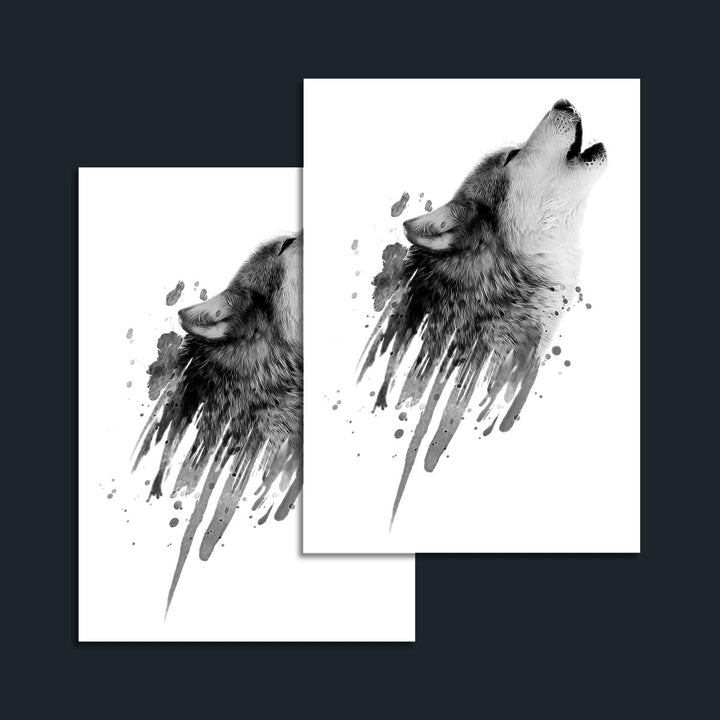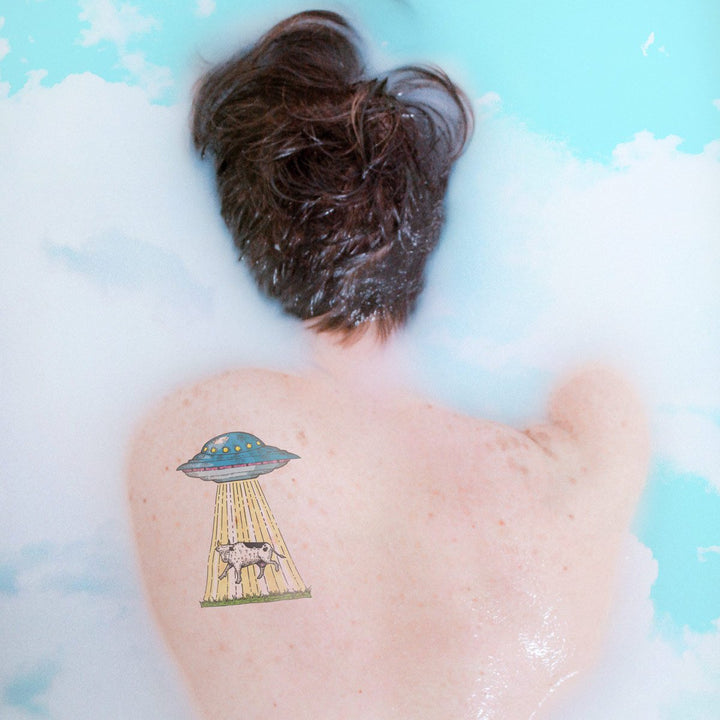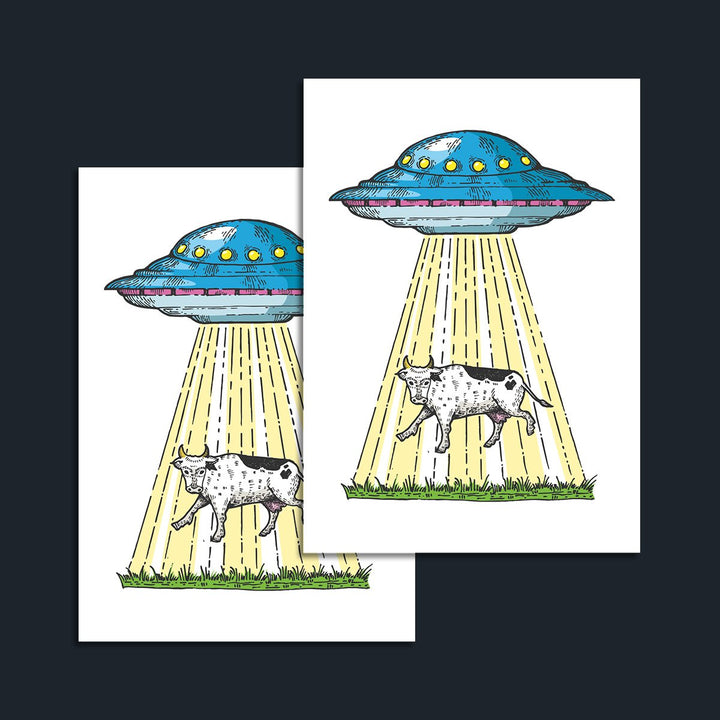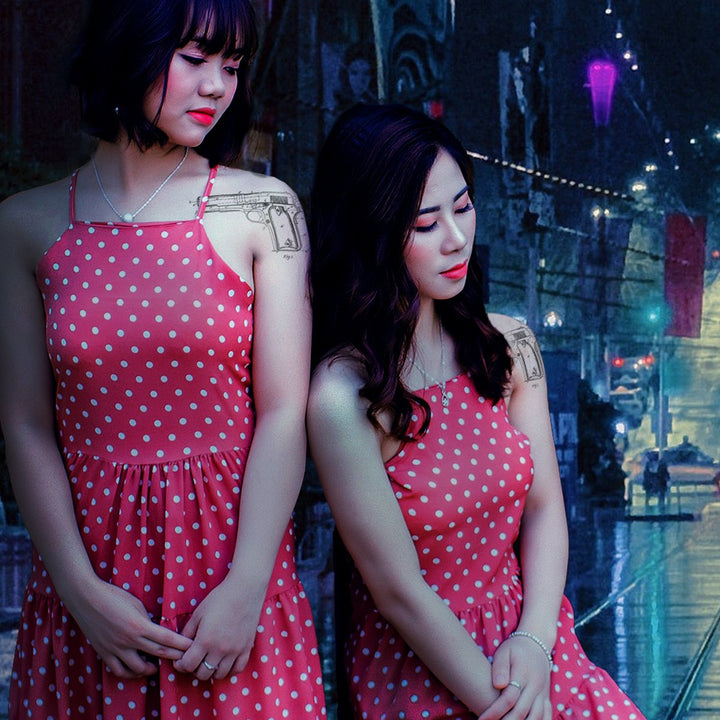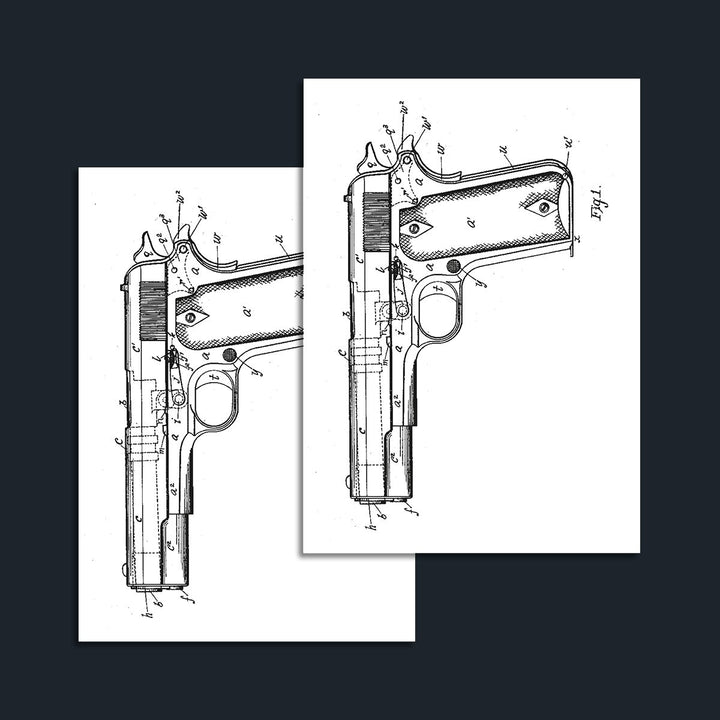History of Temporary Tattoos: Once upon a time there was a tattoo...
Have you ever wondered where or how the idea of temporary tattoos was born? Well, it may not be one of your existential doubts, but if you have landed on this page you may feel a little bit curious.
Before starting this little story, I must clarify that there are several types of temporary tattoos, and all to some extent have a common origin: the permanent tattoo. Among the tattoos whose duration is limited we can find sticker-like tattoos —like the ones you'll find in this store!—, tattoos made with henna —common in Arabic and eastern countries, etc.—, those made with pens or airbrushes specially designed for the skin, and you can also find small portable printers that they distribute the ink directly on your skin.
It's unknown when man first felt the urge to decorate his skin, but researchers seem to agree that this practice has existed for at least 8000 years, although utensils and tools have been found that suggest an even earlier origin.
Numerous cultures across the globe developed different techniques and styles, often representing their beliefs or status.
What is known is that the word "Tattoo" comes from the Tahitian "tatau". The acceptance and meaning of the tattoo has varied a lot throughout history and civilizations. In the TED Ed video above it is explained in an educative and fun way.
Although if you want a more complete story —anecdotes included—, we recommend this one.
We have already seen that the permanent tattoo has a long, long history. But what about the temporary tattoo?
The history of the temporary tattoo
Possibly the inspiration to develop temporary tattoos came from the wish to adorn our body in a non-permanent way.
Because, let's face it: almost everyone has fantasized about getting a tattoo done sometimes. Tattoos are great but, in practice, entail certain drawbacks: you may think that you will get tired of them after a while, or that they will not represent you in a few years, or that you will not bear the pain, or that, with time and age, they will lose their attractiveness. All fair reasons to avoid the real ink.
Colorful miniature by French artist Jacques Le Moyne, "A Young Daughter of the Picts" (ca. 1585), showing a young woman in a head-to-toe floral tattoos.
But the idea of getting a new tattoo every now and then —without the obligations— is certainly attractive, and it allows us to experiment without risk, as you do with clothes or makeup.
It was a popcorn and peanut trademark, Cracker Jacks, the company that first brought temporary tattoos onto the mainstream market, as a promotional gift. They were included in their packaging in 1912, and that made the brand quite famous. The designs included themes such as pirates, clowns, and whales.
In the 70s fake tattoos became fashionable again, this time associated with many more products, from Star Wars movies to cartoon characters. The entertainment and food industry found out the temporary tattoo to be an interesting way to sell even more, ushering in the golden age of promotional temporary tattoos.
Not only could you buy them in your toy store, but it was common for food brands to give away tattoos of the most famous characters at that time —normally cartoons—. However, by then it was still common to refer to them as stickers.
The 1980s also brought us technological innovations in this product, in terms of components and possibilities. The American company 3M even managed to create tattoos with incorporated scents, which smelled when rubbed.
But it was in the 90s where the use of temporary tattoos really exploded, and not only for children: teenagers and some celebrities began to use them to define their style —and give their parents a good fright—.
With the arrival of the new century, the temporary tattoo continued to gain more and more followers not only among teens. Also adults began to feel seduced by the possibility of decorating their skin on a crazy night without major consequences.
In 2010, temporary tattoos finally reached the top of the hill. And I’m talking about haute couture designers. Numerous brands, such as Chanel, Dior o Rodarte created and distributed their own designs —as we already explained in this post—, in addition showcasing them in their fashion events.
A few years later, we have a whole burgeoning market dedicated to temporary tattoos, with celebrities like Beyonce selling their own designs and catwalks around the world incorporating them into their shows. Various innovations in ingredients and printing methods allow for even more variations, such as metallic or glow-in-the-dark tattoos.
Millennials are the main adopters, as they love to cover their bodies with tattoos every time they go to a music festival or film a new video for TikTok, while fashion bloggers incorporate them into the looks that they will later spread on their social networks. But the truth is that anyone can get a temporary tattoo, regardless of age, culture, skin color, or taste.
Fake Tattoos Nowadays
Currently, temporary tattoos are considered a cosmetic product, and as such they must comply with very strict cosmetic regulations that are slightly different between different countries or geographical areas. This regulation, which of course in Tempo Tattoo we strictly comply with, guarantees that all the ingredients used in its manufacture are safe and have been tested to avoid allergies or reactions.
In Europe, the applicable regulation is (EC) 1223/2009, while in the United States, the Food and Drug Administration (FDA) is in charge of defining the requirements that must be met.
And now that you know everything you need to know about temporary tattoos… Have you thought about trying one yourself? Why don’t you take a look at our catalog?



